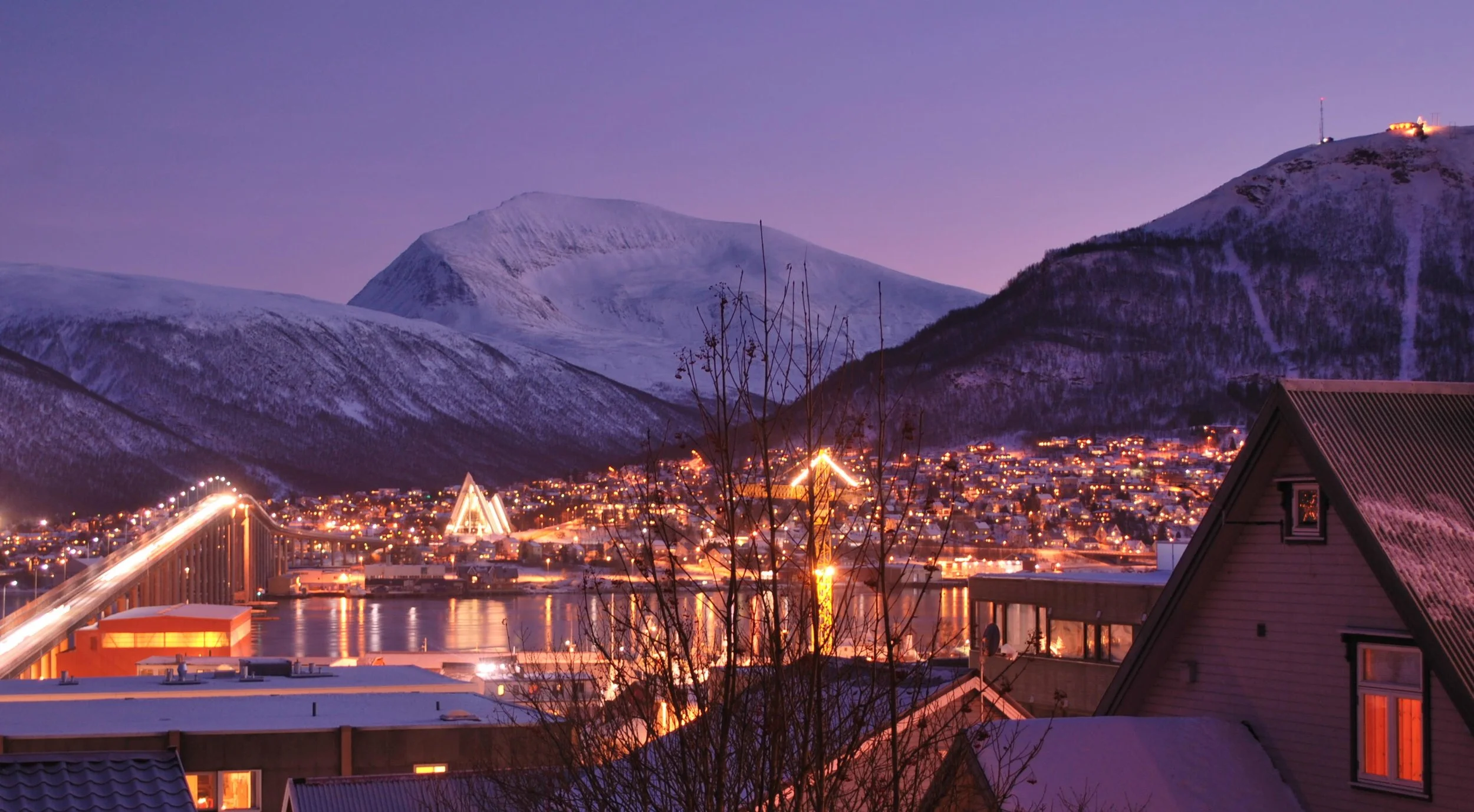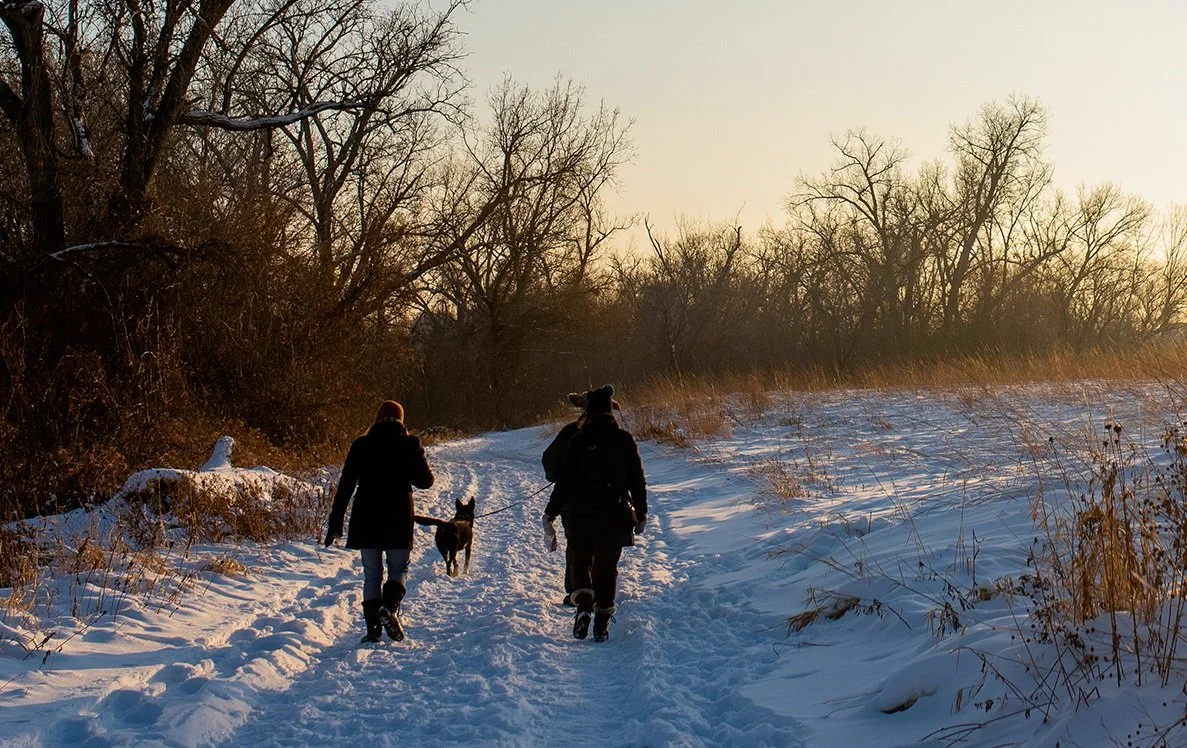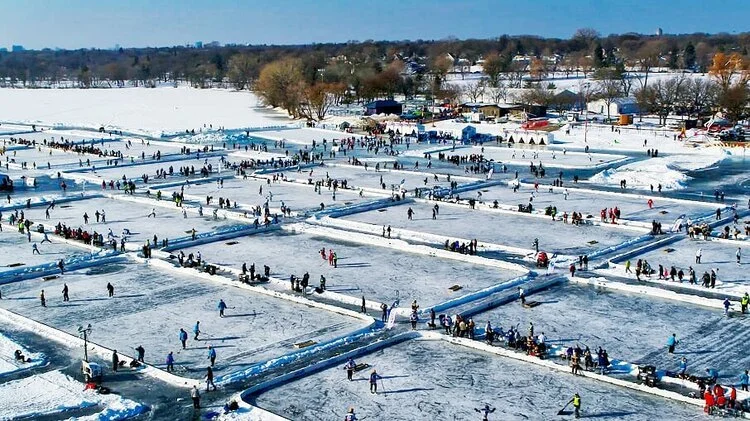by Kari Leibowitz

In my “Mindsets Matter” course at Stanford University, one of the assignments requires students to examine their wintertime mindsets – whether they view winter as a limiting, dreadful time of year, or a wonderful season full of opportunities. As part of this assignment, I challenge students to bundle up and do something outside in the winter. When I suggest people take a walk outside in the cold, in the rain or snow, I usually encounter resistance. Many of us are used to winter as a season where we forgo outdoor activities: people who love running outdoors switch to treadmills, we trade our sneakers for slippers, and hiking and picnicking gets saved for springtime. But while I love a cozy evening spent indoors when the weather outside is damp, gray, and frigid, I’ve learned that, when we overcome our motivational and emotional barriers to spending time outdoors in the winter, the payoff can be immense. I’ve seen this not only in myself, but also in my students. Even those who are initially hesitant often end up reporting back that their activities were more fun, more pleasurable, and more energizing and refreshing than they had imagined. One student, talking about a winter trip to the beach with family members that turned out to be quite special, wrote in her reflection: “Prior to this, I would have never gone to the beach on a drizzly, rainy day. What a memory we would have missed.”

This idea – of embracing winter, and of engaging in outdoor activities no matter the weather – comes from the Norwegian cultural concept of friluftsliv. I first learned about friluftsliv while I was living in Tromsø, Norway, doing research about the psychology of winter. Tromsø is over 200 miles north of the Arctic Circle – so far north that the sun doesn’t rise for two months each winter. Yet in Tromsø, I saw that people were undaunted by the darkness, cold, and snow, and loved to venture outside all winter long: for cross-country and downhill skiing, for snowshoeing, for hiking, and for gathering around bonfires to make hot dogs and drink coffee or hot chocolate. Directly translated, friluftsliv means “open air life,” and it’s more than a fun word in Norway: it’s a cultural identity, a shared value, and a guiding principle that influences daily life. In pursuing an “open air life,” people in Norway also pursue a kind of freedom – a self-sufficiency in the outdoors, a harmony with nature, and a way to unplug and destress. By connecting with nature, with themselves, with each other, and with physical movement, friluftsliv provides Norwegians with a form of leisure that profoundly influences their health and wellbeing.
While the term “friluftsliv” was coined by Norwegian playwright Henrik Ibsen in 1859, it was part of life in Norway long before that, and more and more scientific research is emerging to support the many benefits of connecting with nature. Even short stints in nature are associated with an increase in mood and positive emotions, and feeling connected to nature is associated with feeling like one is living a meaningful life, with feelings of energy and vitality, and with awe and inspiration.

Of course, ice skating, skiing, ice climbing, and building snowmen are all great winter friluftsliv activities. But even if you don’t have snow or aren’t particularly sporty, the good news is you don’t need these things to embrace frilufstliv, and you don’t need to live near mountains or fjords either. Practicing frilufstliv can be as simple as taking a walk in your neighborhood, visiting your favorite park, or enjoying your morning cup of coffee on your front porch. If the idea of venturing outside in winter intimidates you, this Norwegian adage might help: “There’s no such thing as bad weather, only bad clothing.” Layer up (a wool base layer is best), pile on the scarf, hat, and mittens, and make sure you have waterproof boots and jacket for rain or snow, and go outside. Like my students, you might be surprised at how pleasurable and enjoyable it is to be outside, bundled up, in bad weather. The cold air can wake us up in the morning, leaving us feeling refreshed and revitalized, and the experience of staying warm and dry while walking in the wet and cold can be invigorating. Time spent in this way is an opportunity to connect – with nature, but also with ourselves or with friends or family, away from screens and daily distractions, and can become a winter ritual practically guaranteed to improve wellbeing.
If the idea of a winter adventure outdoors in the cold is unappealing to you, I invite you to try it yourself as an experiment. Notice how you feel at the start of your excursion, and then take note of your emotions a few minutes after you get going, and again when you’re finishing up and returning home. You might just be surprised. A little bit of frilufstliv goes a long way.

Join us for Kari Leibowitz’s Winter Mindset Workshop Jan 29 at Silverwood Park, where she will discuss concrete strategies for thriving in winter.

Kari Leibowitz, PhD is a health psychologist, researcher, speaker, and writer. She received her PhD in psychology from Stanford University, where she was a Stanford Interdisciplinary Graduate Fellow. Her research with the Stanford Mind & Body Lab helps us understand and harness mindsets to improve health and well-being. Kari received her undergraduate degree from Emory University, and her work has taken her all over the world as she organized the 2013 visit of the Dalai Lama to Emory, co-led three summers of Emory’s Tibetan Mind/Body Sciences study abroad program in India, and served as a U.S.-Norway Fulbright scholar. As a Fulbright scholar, Kari lived in Tromsø, Norway, north of the Arctic Circle, and studied mindsets about winter. In addition to publishing her academic work in numerous peer-reviewed outlets, Kari has delivered talks and workshops on how to leverage the power of mindset to international audiences. She shares insights and her experience living in the Arctic in her Wintertime Mindset Workshop. She has been interviewed by Anderson Cooper, and her writing has appeared in The Atlantic and The New York Times. For more information, visit karileibowitz.com.

